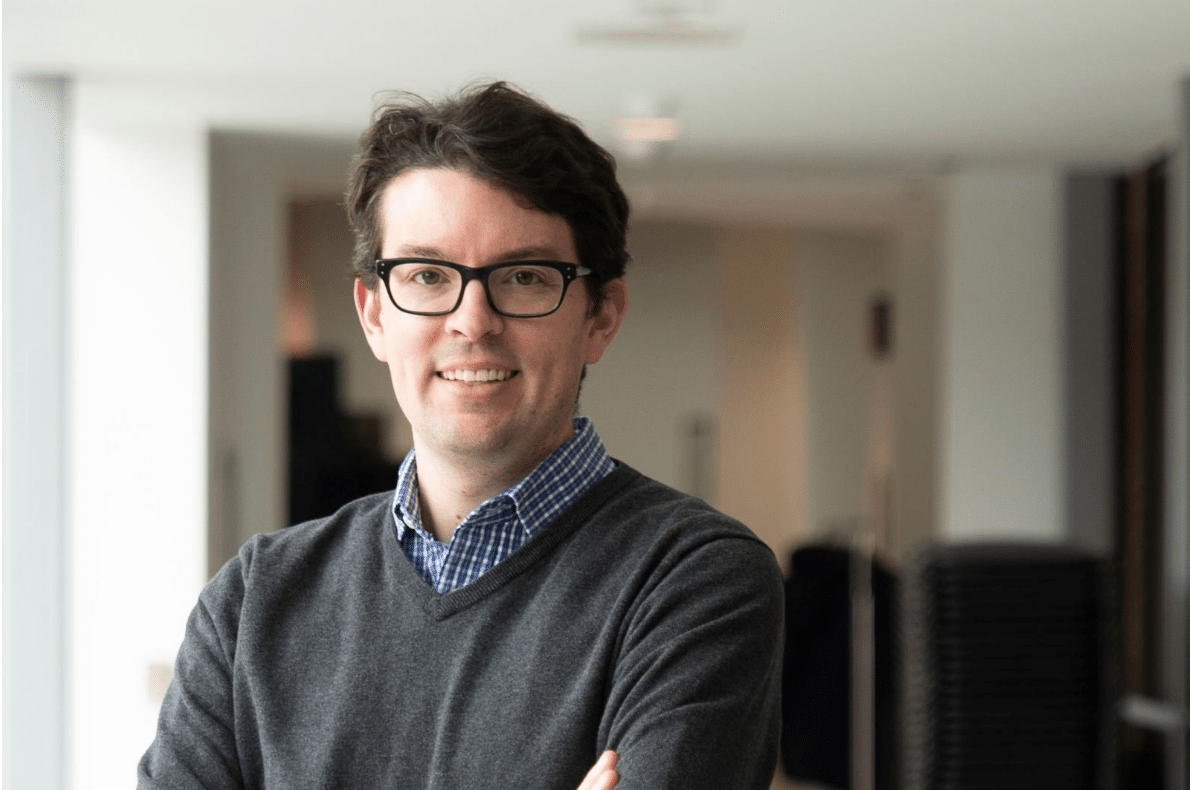Rob Goodspeed, assistant professor of urban planning at the University of Michigan’s Taubman College of Architecture and Urban Planning, chimes in on the importance of scenario planning in an un-plan-able time.
Traditionally, strategic planning has too often involved overly rigid plans based on forecasts and assumptions the world would not change in the future. The result are elaborate documents that quickly outlive their usefulness when their underlying assumptions are violated. In recent years, there has been growing interest in an alternative strategic planning approach known as scenario planning, as organizations and communities realize they need a more flexible framework to grapple with uncertainties like climate change, new technologies, and shifting social dynamics. The COVID-19 pandemic has given further impetus to rethink traditional strategic planning tools.
With roots in military and corporate strategy, scenario planning is a family of different methods, all of which involve planning through the creation of multiple, plausible futures. Arts and culture organizations in Southeast Michigan interested in trying out the method should investigate the excellent tool created by the Bridgespan Group, “Nonprofit Scenario Planning in the COVID-19 Pandemic.” This concise report and accompanying set of worksheets presents a distilled version of scenario planning perfect for rapid strategic planning for nonprofit organizations. It guides organization leaders through several steps: identifying key risk drivers (uncertainties), developing scenarios, creating a portfolio of actions, and determining key trigger points for making decisions. The value of organizational scenario planning comes in how it encourages staff to taking the time to think through options for responding to external events before a crisis hits.
Those interested in an even deeper dive can consider my recent book, Scenario Planning for Cities and Regions: Managing and Envisioning Uncertain Futures. Although I am an urban planner by training and mainly discuss how practitioners use scenarios to envision and create more sustainable and resilient cities and regions, the book contains an in-depth discussion of scenario planning ideas from corporate strategic planning, as well as summarize research investigating its effectiveness and impact within organizations. Since urban planning has been grappling with future uncertainty for quite some time, our field has developed several different types of scenario planning. Normative projects typically compare different types of future scenarios to build a consensus about which one should guide zoning, infrastructure, and other policy decisions. Exploratory scenario planning, on the other hand, is more similar to the Bridgespan approach in that it is used by cities who want to be prepared for various futures, such as automated vehicle technology or increased precipitation from climate change. I also discuss how effective projects are conducted collaboratively and effectively synthesize quantitative and qualitative information.
With the protests and vibrant public debate sparked by the murder of George Floyd and other Black people, progressive urban planners are rethinking traditional planning approaches to more deeply incorporate and address racial equity. No doubt many arts and culture organizations are also re-examining their programs and activities in light of these debates. In my book, I discuss some preliminary ideas about how scenarios can be used to pursue equity in a chapter about transformative practice. A powerful and flexible framework, I think scenario planning can be an effective tool for thinking through tough problems, fostering constructive debate, and shaping public decisions. Like all planning, it is not infallible and requires resources and effort. But in a world of significant uncertainty, it is the best approach available for making thoughtful strategic plans today.

Robert Goodspeed, PhD, AICP, is an assistant professor of urban planning at the University of Michigan’s Taubman College of Architecture and Urban Planning.



